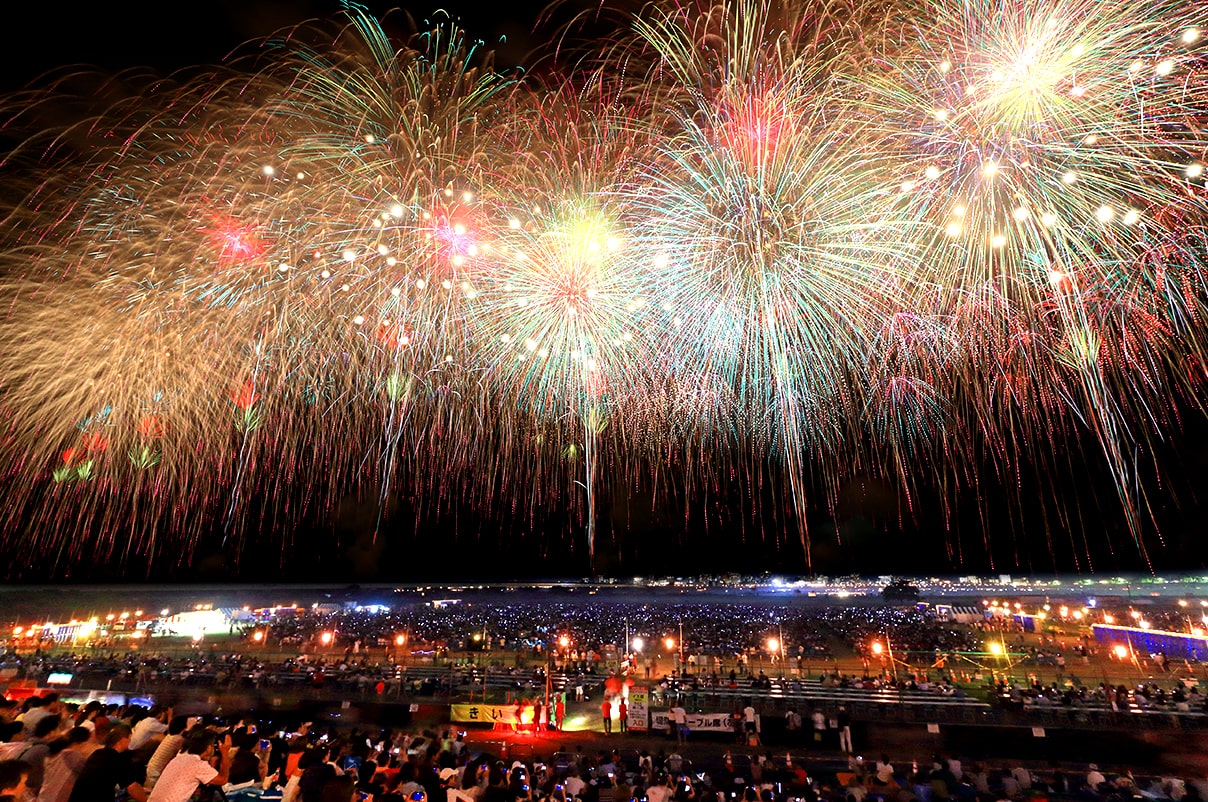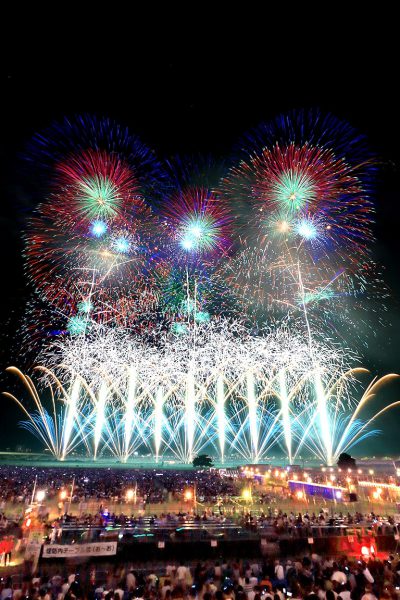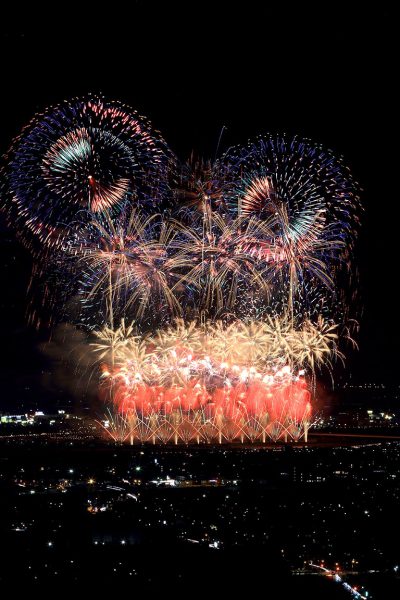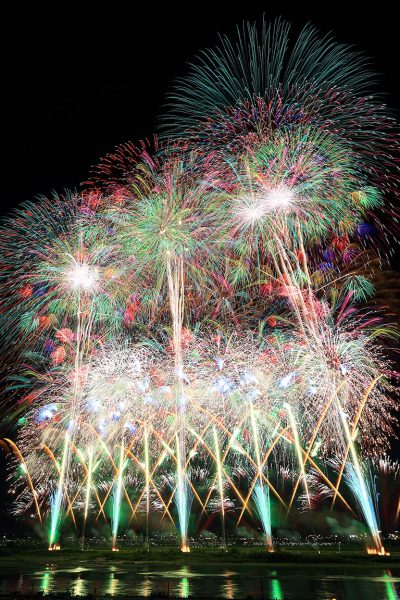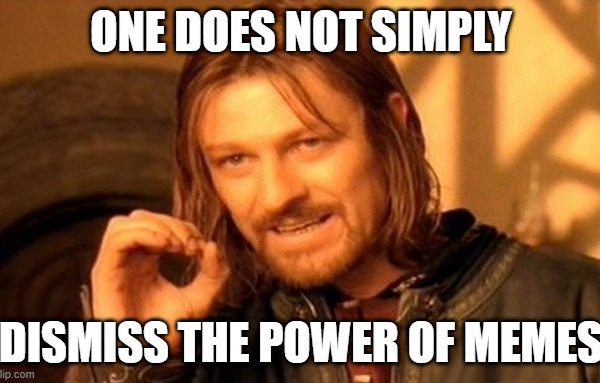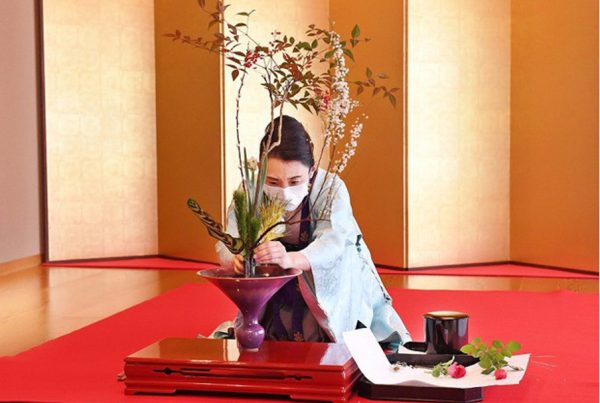The pandemic put on pause many activities of cultural significance in the hope of slowing down the transmission of the virus. These postponed events have, without a doubt, left many of us pining for the pre-COVID-19 world, what with the many celebrations and commemorations it so blissfully permitted.
Among these cancelled activities is the annual Nagaoka Festival Grand Fireworks Show. This breath-taking pyrotechnics display draws as many as a million people annually around August 2nd to 3rd to the banks of Shinano River — Japan’s longest — near Ote Bridge in Nagaoka, Niigata Prefecture, northwest of Tokyo.
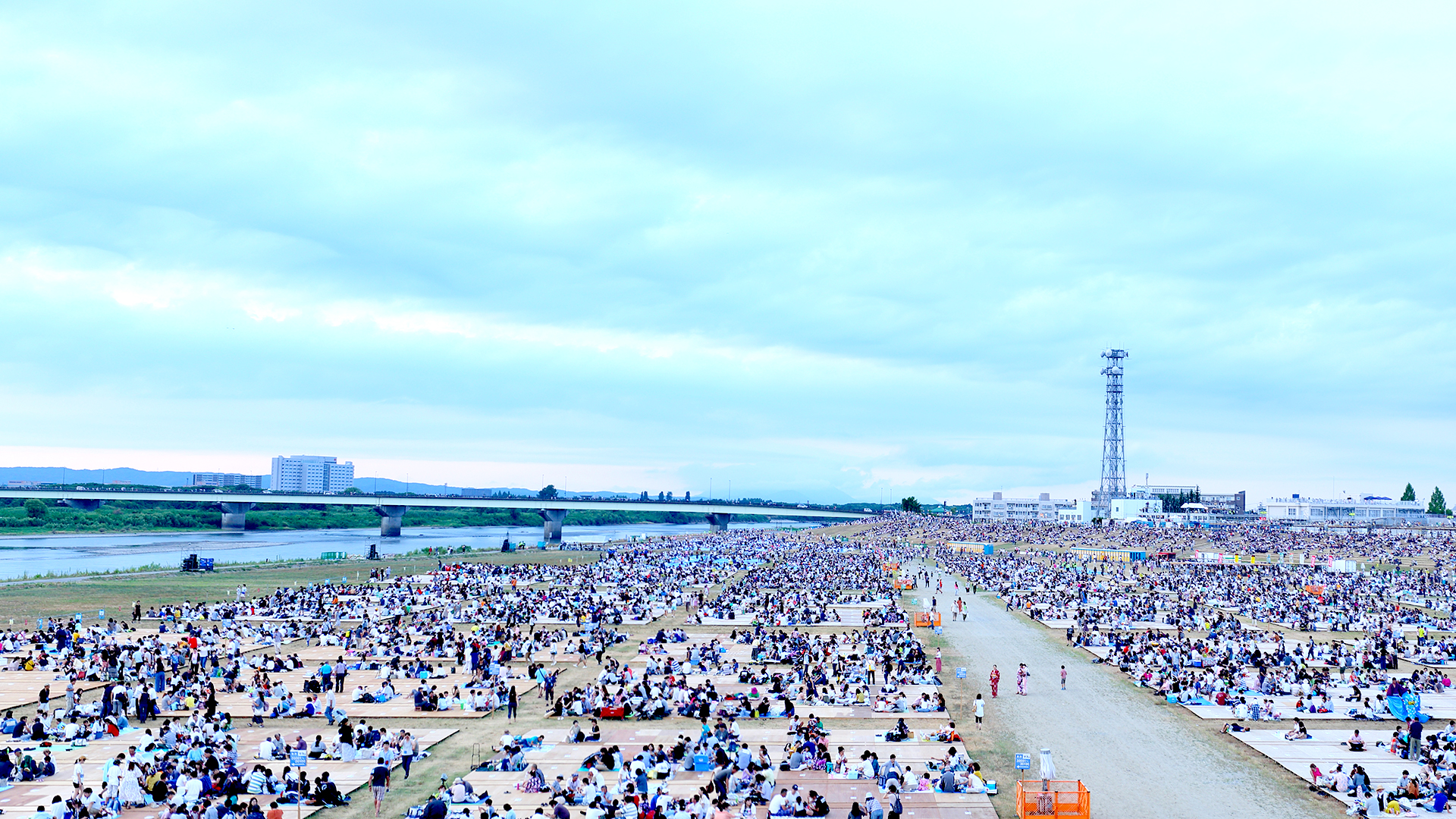
Crowd gathering early before the start of the fireworks display. Source: Nagaoka Matsuri
Spectators are treated to a visual feast of an abundance of fireworks in a range of diameters, staining the sky in extravagant fiery blossoms in tune to the music. The light waltzes on the river water. It mingles with the people’s wishes for hope, peace, and restoration and bathes them with a mystical, magical light.
For many who have gotten lucky to catch the event in the past, the overall experience is definitely nothing short of invigorating for the soul.
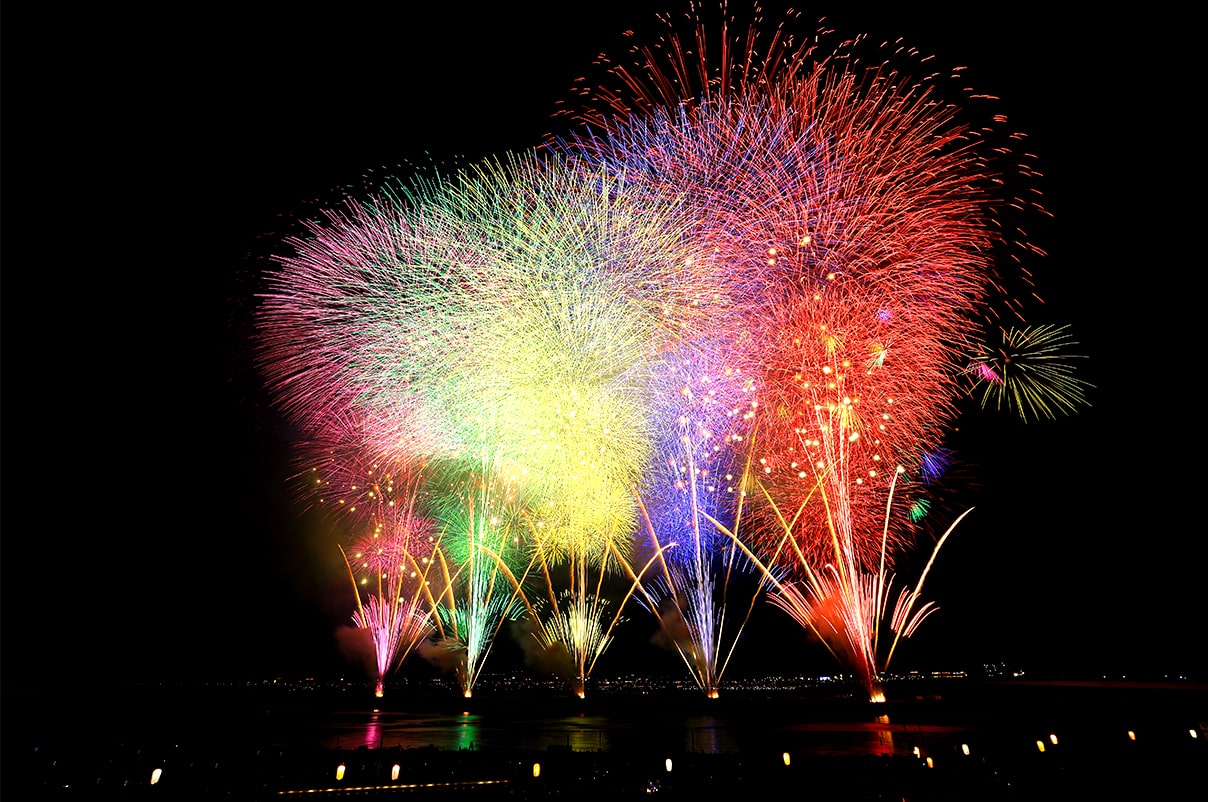
Super Grand Wide Star Mine Fireworks. Source: Nagaoka Matsuri
An event that brilliantly blends history, nostalgia, tradition, and dreams for a more prosperous future, the Nagaoka Festival Grand Fireworks Show is said to be one of the most highly-anticipated fireworks festivals in Japan, along with Biwako Fireworks Festival in Shiga prefecture, Akagawa Fireworks Festival in Yamagata prefecture, Omagari National Fireworks Competition in Akita prefecture, and Toyota Oiden Festival in Aichi prefecture.
History
But perhaps one thing that draws the Nagaoka Festival Grand Fireworks Show apart from the others is its interesting history. According to the Nagaoka Mini History Museum, the fireworks display traces its roots to the 1800s.
As early as 1897, Nagaoka skies were regularly set aglow with fireworks when 350 fireworks shells were launched during the Hachiman Shrine Festival in Senju-machi, according to “My Tour of Nagaoka.” The use of Sho-Sanjakudama, however, was what drew great attention to the event, with the feature of the 3-foot diameter shell fireworks in 1926.
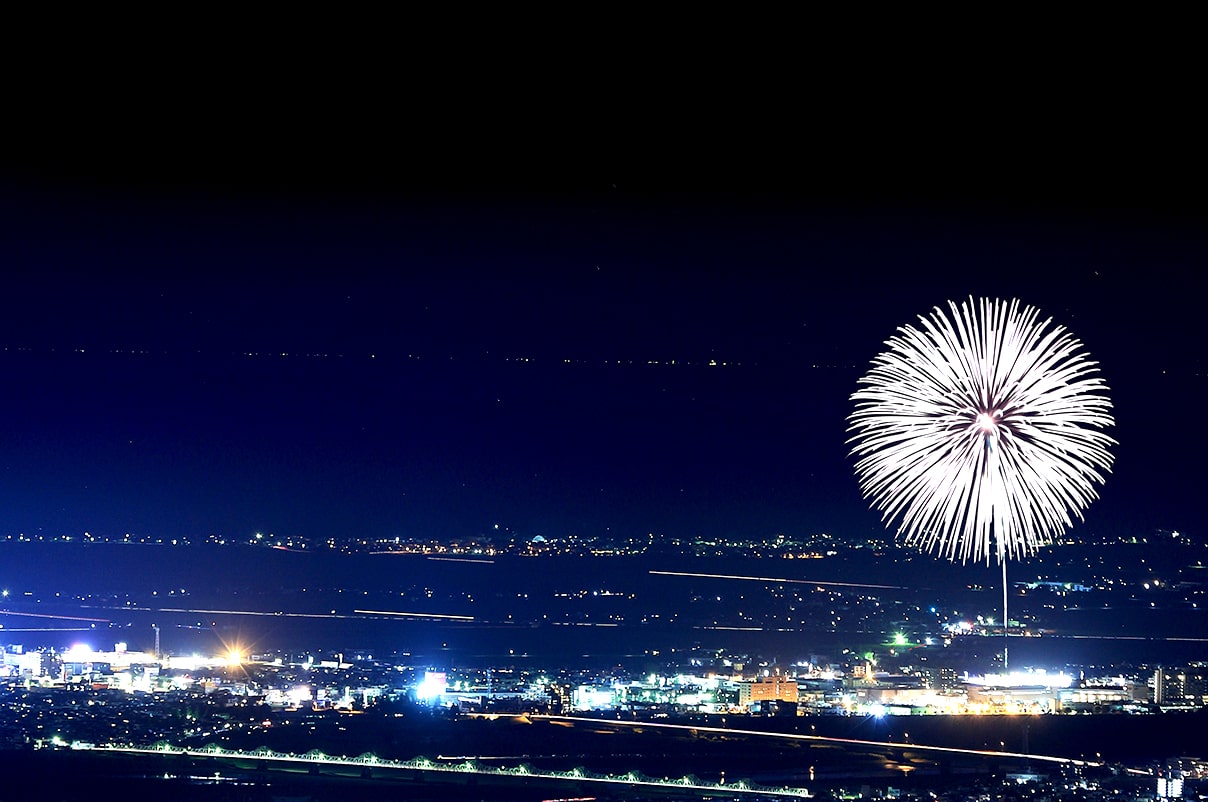
In recent years, the Nagaoka Fireworks became a symbol and an expression of condolences to war victims and the call for everlasting peace. Source: Nagaoka Matsuri
Advancements in pyrotechnics technology gave rise to more and more elaborate
displays. Here and there, the traditions were adjusted to be more attuned to the times. The museum notes: “In the latter half of the Meiji era, the foundation of Nagaoka fireworks was established, such as the installation of a pier along the embankment and the establishment of the Nagaoka City Fireworks Association.
“In the Taisho era, the fireworks display became a city-wide event, and the size of the ball was astonishing with the appearance of a two-scale ball in 1918 and a three-scale ball in 2015. From the end of the Taisho era to the beginning of the Showa era, it was a period of great development of Nagaoka fireworks, and it became widely known nationwide.”
Things took a turn in 1945, however, during the war. “On August 1st, 1945, 125 B29 formations struck over Nagaoka City and carried out a large-scale carpet bombing with incendiary bombs, leaving most of the old city area scorched earth,” the museum notes read.
The bombing burned down most of the downtown area and claimed 1,486 lives.
The fireworks display was canceled the year after that. However, in 1947, the tradition was brought back as a way to comfort the spirits of the war-torn victims and ignite the hope for peace and restoration. It was revived under the name “Nagaoka City War Damage Reconstruction Festival,” and later renamed “Nagaoka Festival” in 2014.
Highlights
Although the fireworks displays are, in their entirety, unquestionably fascinating, there are some highlights for which one should keep an eye. For example, there is the Shô-Sanjakudama, the gigantic shell fireworks spanning as much as three feet in diameter. This display had its earlier, albeit smaller and less complex, iterations shown to the public as early as 1917 and 1926. A more recent exhibition featured a three-foot diameter Shô-Sanjakudama launched to an altitude of 600 meters above the ground (or more than the height of the Tokyo Sky Tree), after which a huge 650-meter diameter fire flower blossoms.
Another must-see is the Niagara Falls display, which is set up on Chosei Bridge and Ote Ohashi Bridge, and flows into the river.
Some of the highlights from previous events. Seen here are fireworks displays from Ten chi jin Fireworks, “Kono Sora no Hana” Fireworks and “Furusato Wa Hitotsu” Fireworks. Source: Nagaoka Matsuri
The White Chrysanthemum Fireworks, for its part, commemorates the Nagaoka Air Raid. This display offers shots of pure white fireworks against a backdrop of silence for the war victims. Across the city, bells toll as expressions of sympathies and condolences.
Other notable fireworks in the past include Ten Chi Jin Fireworks, Phoenix Fireworks Wishing for Recovery, “Furusato Wa Hitotsu” Fireworks, Kome Hyappyô Fireworks, and the “Kono Sora no Hana” fireworks.
Looking back, looking forward
Indeed, it is sad that the Nagaoka Festival Grand Fireworks Show, along with many cultural events, are cancelled as the world continues to be in the ravages of a global health emergency. However, a look at the various images and videos shared by those who witnessed the mesmerizing pyrotechnic displays in the past years may serve to bring some comfort and enchantment. Perhaps, as we view them, we may join the world in thoughts of remembering, restoration, and unity. These are, after all, the very same thoughts that filled the hearts of the first festival-goers over a hundred years ago, and right after the war. In today’s dire crisis, maybe the same thoughts may bring comfort and peace as we look towards healing. Sure, this year’s fireworks show is canceled, and the present may look somehow grim, but deep in our hearts, the fireworks of Nagaoka continue to paint bright lights of hope and inspiration.
Main Image Source: Nagaoka Matsuri

